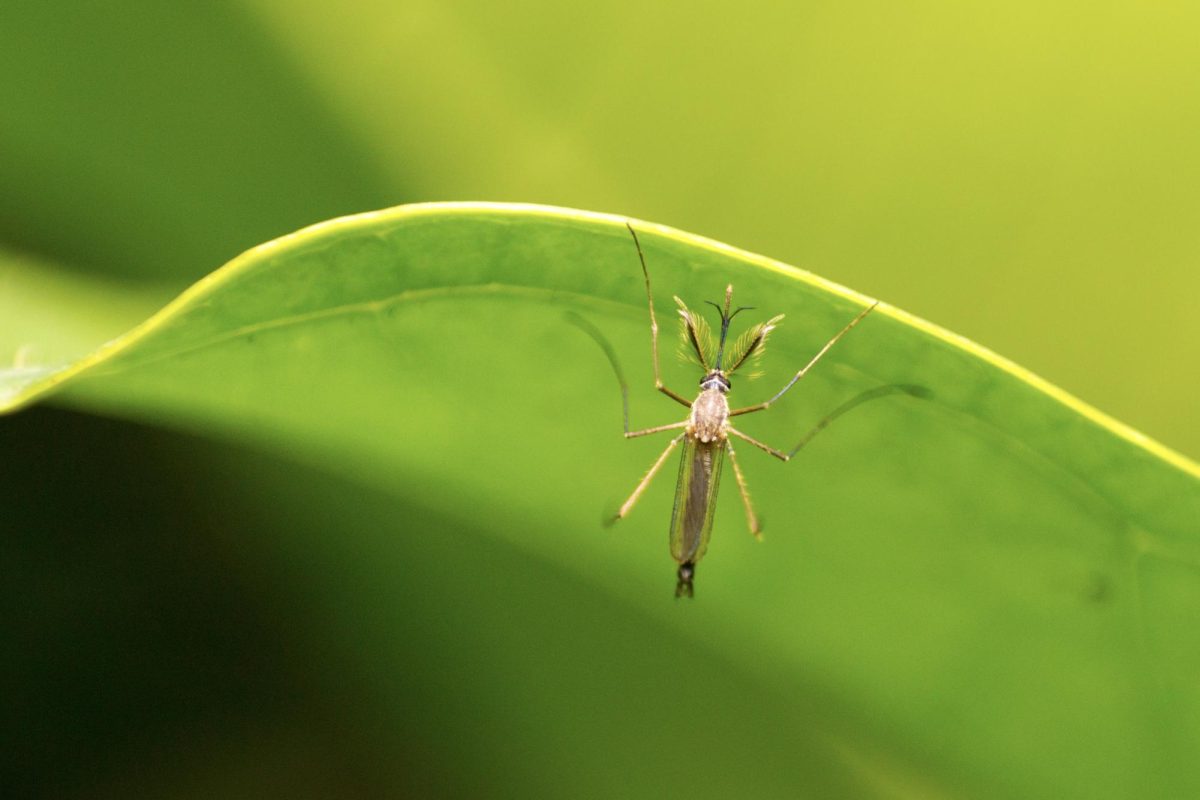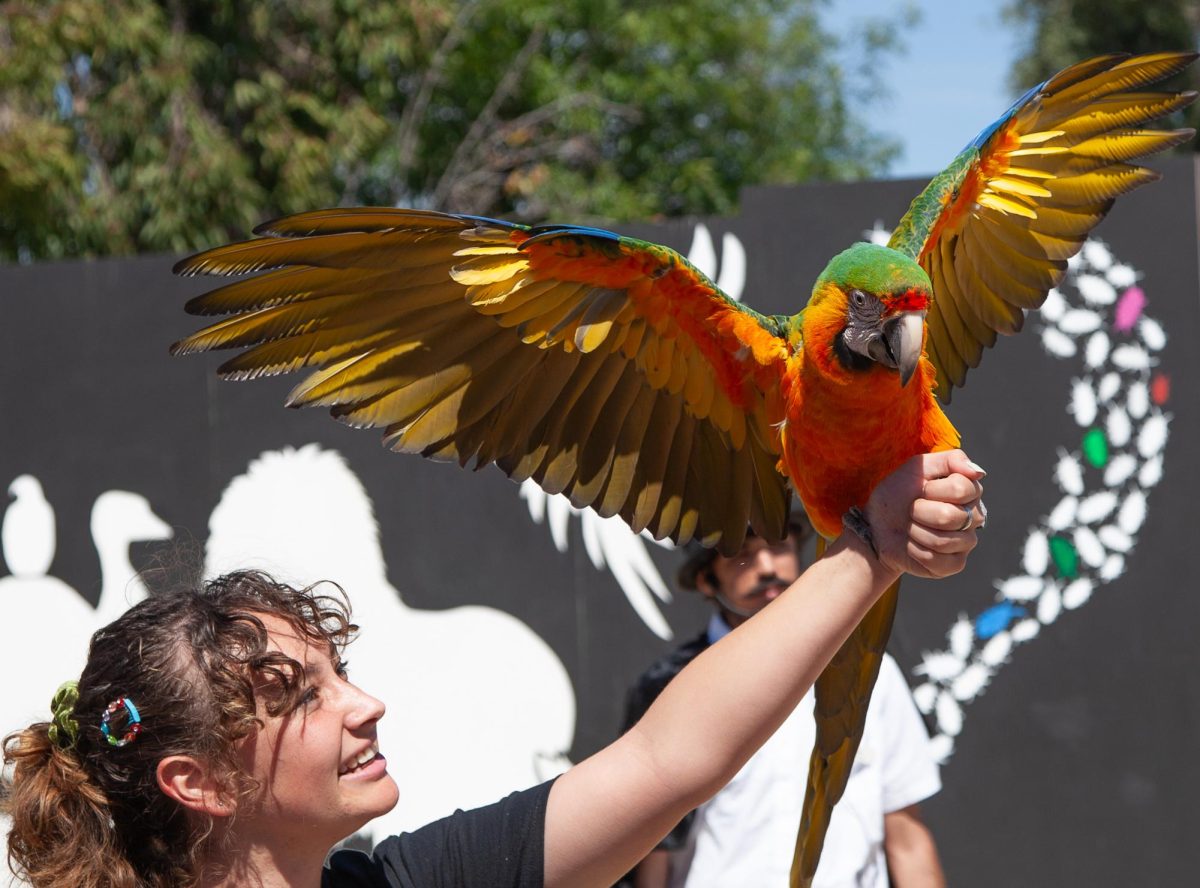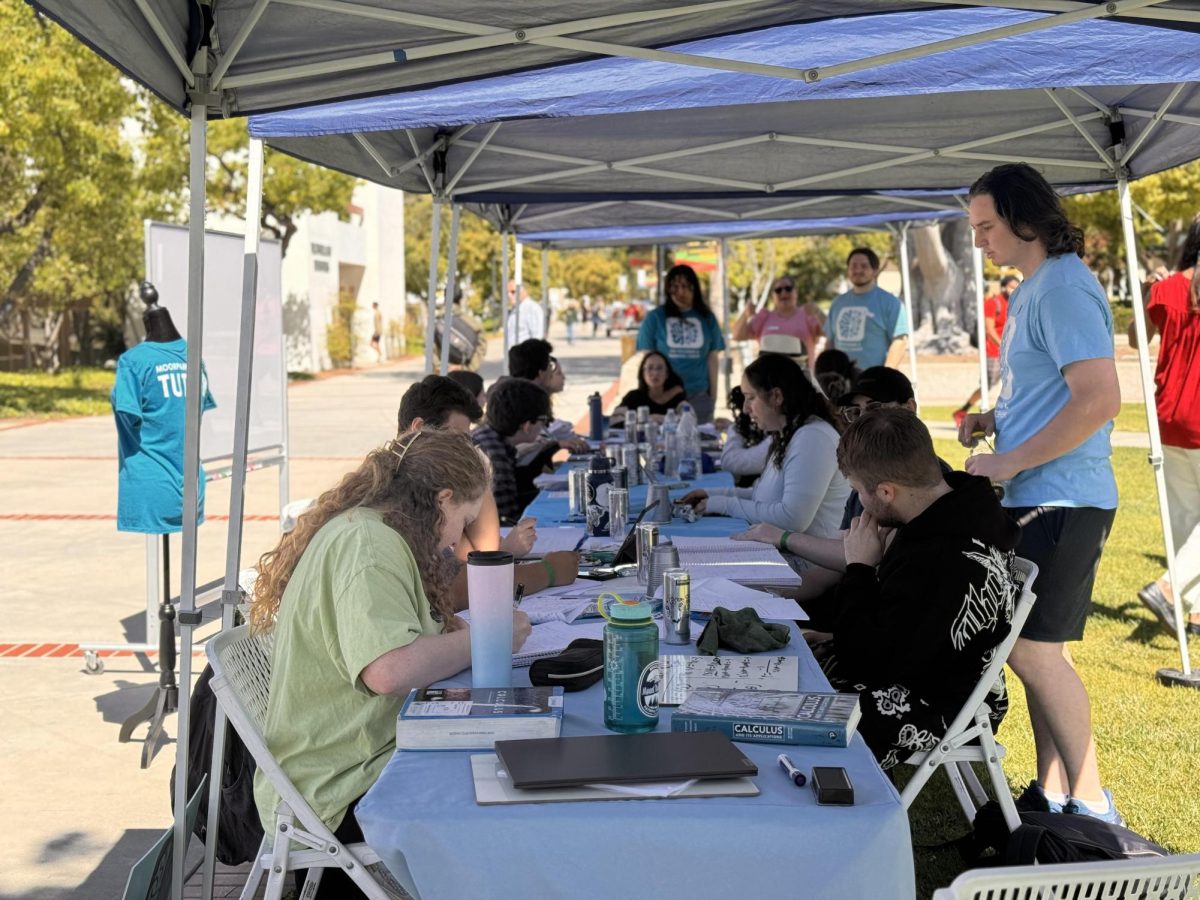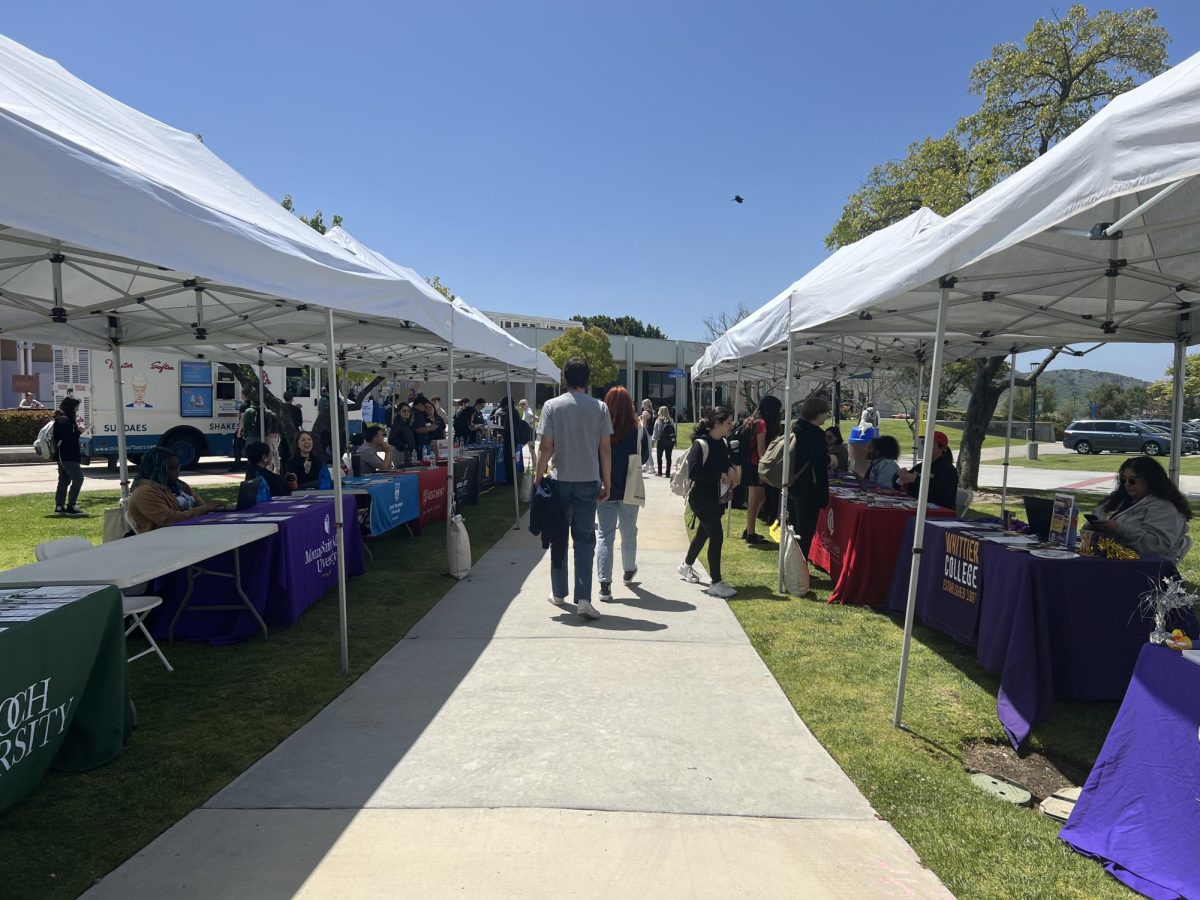According to the California Department of Public Health, mosquito season ranges from March to late November, with the peak occurring in August. However, with our Mediterranean-style climate – categorized by rainy, mild winters and dry summers, certain species of mosquitoes can be active well into December.
Mosquitos prefer a temperature range of 50 F to 80 F, and the weather for the city of Moorpark averaged 53.71 F in Dec. 2022, according to Weather Underground.
When asking students on the Moorpark College campus about mosquito bites this year, nearly everyone has the same experience. This year has been markedly worse than the ones prior; in fact, without prompting, groups of people will show their bites and compare, almost as if they’re battle scars.
Gianna Mannarino, a student specialist at the Extended Opportunity Programs and Services Office, shared her recent mosquito-related shopping experience.
“I bought an anti-mosquito candle from the store and looked into getting an ultrasonic repeller,” Mannarino shared. “My sister recommended them because the bites have been so much worse this year for us both.”
The weather is a major factor in mosquito breeding. They prefer wet and warm conditions, as their eggs are laid and hatch in pools of still water. Katherine Courtney, a professor of Biology at Moorpark College, weighed in on their ideal conditions.
“The warmer and wetter the climate, the more of an increase of insect species and populations,” she explained. “[With] excessive rain, sometimes people leave containers in their yards which collect water and breed mosquitoes.”
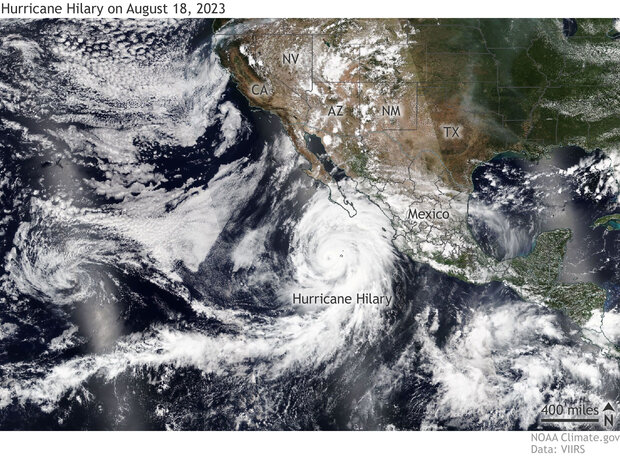
Normally our climate doesn’t have an excess of rain, especially in our dry summer months. However, this year was an exception with Hurricane Hilary occurring in mid-August, the peak of mosquito season. On Aug. 21, 2023, our own Campus Hills weather station reported 3.56 inches of rain, which is more rain in one day than the average of our wettest month, February, with 3.4 inches of rain.
Hurricane Hillary formed due to ideal conditions of warm sea surface temperatures, low wind shear and high humidity. Dr. Julia Domenech, a Moorpark College earth science professor teaching weather and climate this semester, provided some insight on the formation of the hurricane.
“It’s differential heating; the Earth is being heated up near the equator and that warm water is moving up towards us,” Domenech said. “For Hurricane Hillary to travel so far northward [from the far Pacific Ocean], the water has to be warm. The threshold for a hurricane is 79, 80 degrees.”
It was the perfect storm for ideal mosquito conditions. Warm weather and record-setting rainfall is all they could ask for. With more standing pools of water, both in the wild and in people’s yards, it’s no wonder people have noticed more mosquitos biting.
In fact, according to the CDPH, Ventura County has also encountered a new invasive species of mosquitoes. “Aedes aegypti,” a mosquito from Africa distinguished by black and white markings on its legs, was first detected in early September 2020 and has since become commonly encountered throughout the state.
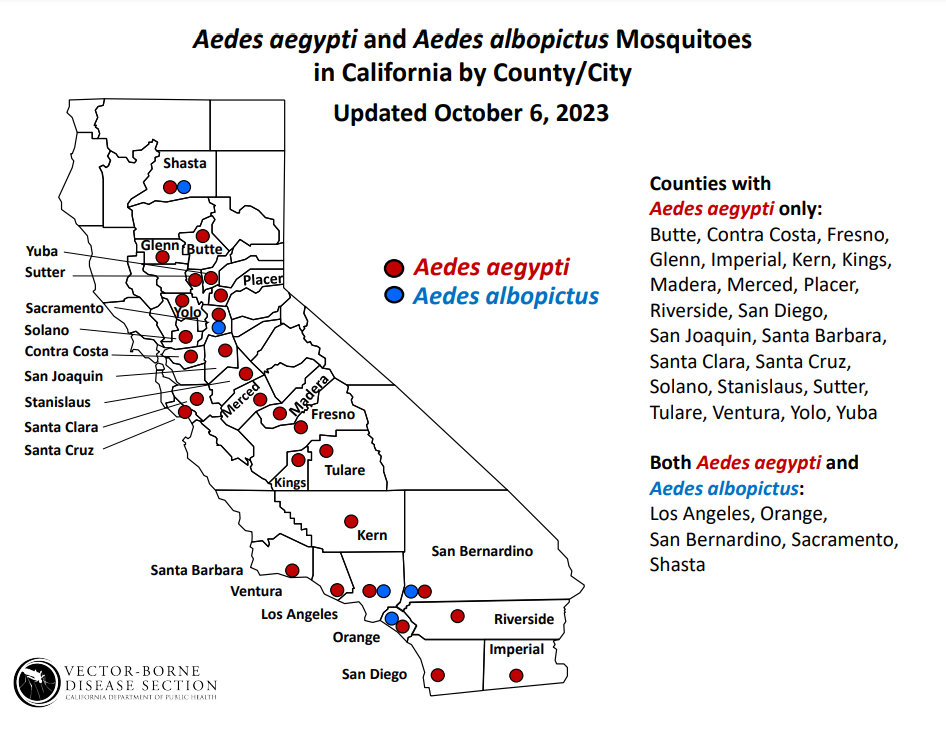
With future climate patterns lending to increased rainfall, such as the upcoming El Niño winter, vigilance about mosquito prevention and protection has become more relevant than ever. In our climate that stays relatively mild even in winter, mosquitoes have the potential to propagate even outside of their peak season.
Emptying any vessels containing standing water in and around your home, ranging from buckets and flower pots to even pet water dishes, can help curb their growth. In addition, ensuring your home has no damaged screens or ways that mosquitoes can enter ensures your safety, along with the use of bug zappers and repellants, if needed.
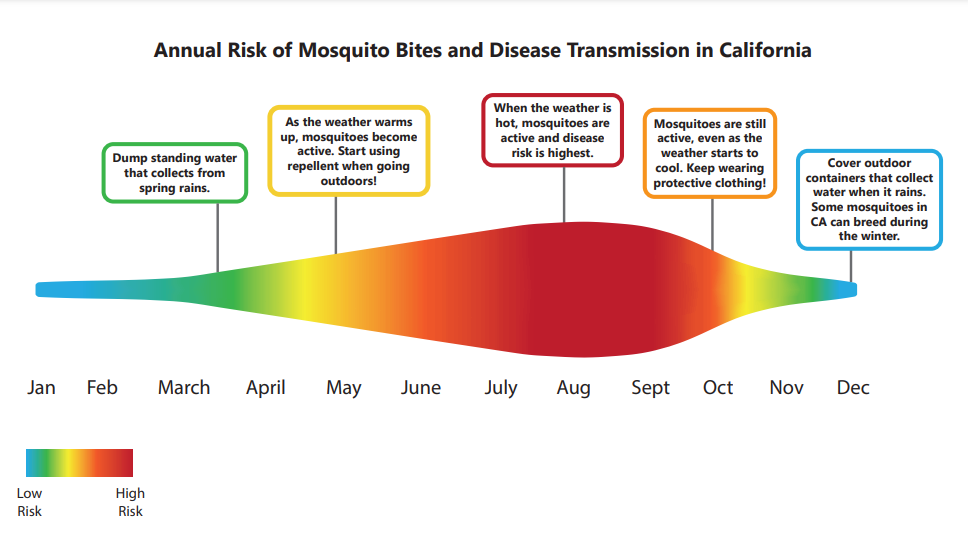
To learn more, visit the variety of resources from the state of California regarding mosquitos, including a California Mosquito-Borne Virus Surveillance & Response Plan, to distribution maps of Aedes aegypti and their generalized mosquito information page.








